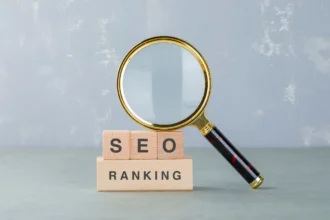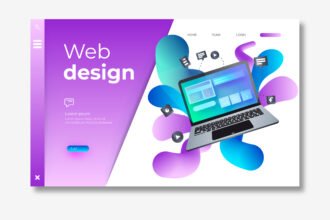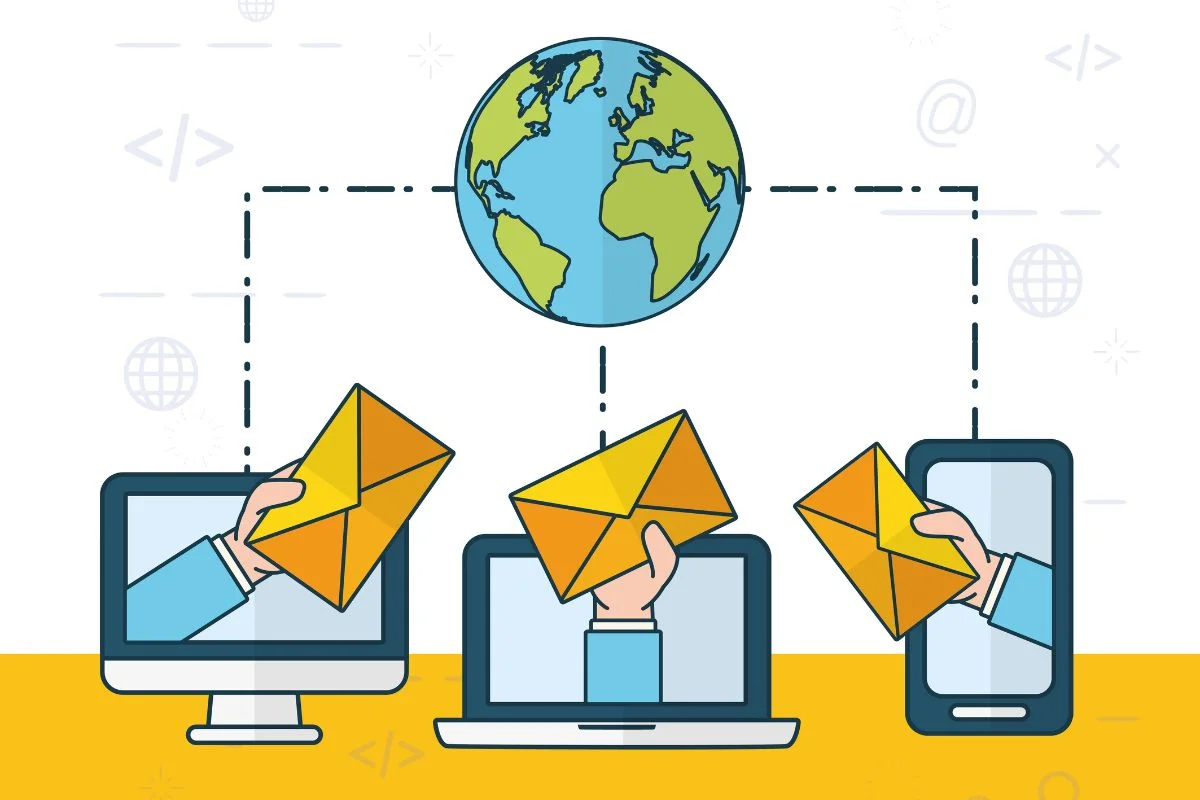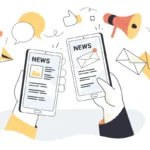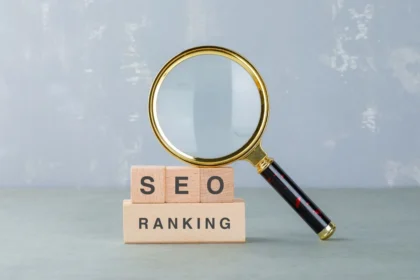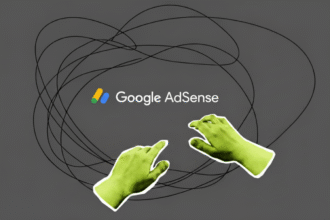As an email marketing expert at GDA Digital Solutions, I’ve seen the panic from a founder’s angle when social media algorithms change overnight, wiping out the reach of various businesses. I’ve sat with marketing VPs who watch their ad spend climb higher for the same number of leads. They all feel like they are building their business on rented land.
But what if you had a direct line to every one of your customers and prospects? A channel you 100% control, free from paying for reach and safe from sudden algorithm shifts. That channel exists. It’s email marketing.
While some chase new platforms, email marketing remains the undefeated champion of digital marketing. The 2024 and 2025 data shows an average email marketing ROI of $36 for every $1 spent (Litmus, 2024). That’s a staggering 3,600% return.
This is not another article to define a term. This is my strategic breakdown for business owners, marketers, and sales leaders on how to use email marketing as your number-one asset for building trust, nurturing leads, and driving predictable revenue. This guide fully answers the question, what is email marketing in the modern business world?
What is Email Marketing? A Plain-English Definition for 2025
So, what is email marketing? At its most basic, email marketing is the act of using email to send commercial messages, promote products, or build relationships.
But this simple definition misses the most important part. As an expert in this field, here is my expert definition:
Modern, effective email marketing is permission-based direct marketing.
It goes beyond “blasting” a list. It’s about building and nurturing a genuine relationship with an audience that has explicitly given you permission to contact them. When you understand email marketing, you understand that trust is its foundation. Every email is a one-to-one conversation, at scale.
Email Marketing vs. Spam
For your business to succeed, you must understand this distinction.
- Email Marketing (What we do): The recipient opted-in to your list jut as you can see in this post. The content is relevant and personalized. Every email provides value and includes a clear, working unsubscribe link. This builds brand loyalty and customer trust.
- Spam (What we don’t do): The recipient never subscribed. The message is unsolicited, generic, and often deceptive. Sending spam is illegal, violates laws like the CAN-SPAM Act and GDPR, and will destroy your brand’s reputation and your email deliverability.
Any professional email marketing service will ban your account for sending spam. True email marketing is the exact opposite of spam; it’s a requested, anticipated, and valued communication.
4 Reasons Why Email Marketing is Non-Negotiable
As an expert, I don’t recommend strategies based on feelings. I recommend them based on numbers. And the numbers for email marketing are overwhelming.
1. The Unbeatable Email Marketing ROI
I’ll say it again, $36 for every $1 spent. No other channel comes close. Paid ads have an average ROI of around 2:1. Why is email marketing ROI so high? Because your only major cost is the email marketing platform (your ESP), not paying to reach the audience you already built. With over 4.5 billion daily email users in 2025 (Statista, 2024), your audience is already there.
2. You Own Your Audience (Digital Asset)
This is the most critical concept for any business. Your 50,000 TikTok followers? You’re just renting them. Your 20,000 LinkedIn connections? You’re borrowing them. If those platforms shut down or change their rules, your audience is gone.
Your email list is a permanent asset that you 100% own. It’s your business’s insurance policy against platform volatility. This alone is one of the most powerful benefits of email marketing.
3. Personalization & List Segmentation
Social media is a one-to-many broadcast. Email marketing allows for true one-to-one communication, at scale.
Using list segmentation, I can send a specific email to:
- Customers in Chicago…
- who purchased in the last 6 months…
- but who didn’t open my last three emails.
This deep personalization is impossible on most other platforms. And it works. According to Campaign Monitor, marketers who use segmented campaigns note as much as a 760% increase in revenue.
4. The Preferred Channel for Commercial Communication
Despite what you may hear, people expect and prefer to receive offers from brands via email. A 2024 OptinMonster study found that 59% of consumers say marketing emails influence their purchase decisions. They want your promotions, new product announcements, and helpful content in their inbox – not as a random DM on Instagram.
How Does Email Marketing Work? The 3 Pillars of Success
When clients ask me, “How does email marketing work?” I break it down into three simple pillars. This is the core framework for any successful email marketing strategy.
1: The Email List (Your Audience)
This is your database of contacts who have opted in. This list is your most valuable asset, and it must be built, not bought. You build it by offering a compelling reason for people to sign up, known as a lead magnet. This could be a 10% discount, a free PDF guide, or access to an exclusive webinar.
2: The Email Service Provider (ESP) (Your Email Marketing Software)
This is the software that powers your email marketing. Popular email marketing platforms include Mailchimp, HubSpot, Klaviyo, ConvertKit, MailerLite, and Constant Contact. You cannot – and must not – use a personal Gmail or Outlook account. An ESP is critical because it:
- Manages your subscribers and unsubscribes automatically.
- Ensures your emails are compliant with laws like CAN-SPAM.
- Uses high-reputation servers to maximize email deliverability (i.e., you land in the inbox, not the spam folder).
- Provides the tools for automation, segmentation, and analytics.
3: The Email Campaign (Your Message)
This is the actual email or series of emails you send. An email campaign can be a one-time send, like your weekly email newsletter or a Black Friday sale. It can also be a complex, automated sequence – often called a drip campaign – such as a 5-day welcome series for new subscribers.
How to Start Email Marketing Today (A 5-Step Plan)
Ready to get started? Here is the exact 5-step plan I give our clients.
1: Define Your Email Marketing Goal
Don’t just “send emails.” What is the specific business goal?
- For E-commerce: Drive sales and repeat purchases.
- For B2B: Generate and nurture leads for the sales team.
- For Creators: Build a community and promote new content. Your goal will define your entire email marketing strategy.
2: Choose Your Email Marketing Platform
Don’t overthink this. Most beginners can start with a free plan.
- For Small Biz/Bloggers: Mailchimp or Brevo offer great free plans.
- For E-commerce: Klaviyo or Omnisend integrate deeply with Shopify.
- For B2B/Sales Teams: HubSpot or ActiveCampaign have powerful CRM and automation tools.
3: Build Your Email List with a Lead Magnet
Give people a reason to subscribe. Create your lead magnet (e.g., “The Founder’s 5-Step SEO Checklist”) and put opt-in forms on your website – in the header, at the end of blog posts, and as a pop-up.
4: Create Your First Email Campaign (The Welcome Series)
Your first email should never be a sales pitch. It must be a welcome email or, even better, a 3-part welcome series. This is the most-opened email you will ever send.
- Email 1 (Immediate): Deliver the lead magnet and welcome them.
- Email 2 (Day 2): Tell your brand story. Build a personal connection.
- Email 3 (Day 4): Provide your best piece of advice or a case study.
5: Send, Measure, and Optimize Your Email Marketing
Click “send” and then immediately open your analytics. Look at the key metrics (which I’ll cover below). See what subject lines get more opens. See what links get more clicks. Run an A/B testing campaign on your next email to improve your results.
6 Types of Email Marketing That Grows Revenue
A targeted email marketing strategy is more than just a weekly email newsletter. Here are the six types of campaigns I implement for our clients to drive real revenue.
- Welcome Email Series: As mentioned above. It builds trust and has the highest engagement rates of any email marketing campaign.
- Promotional Emails: These are your classic sales campaigns. (e.g., “Black Friday Sale,” “New Product Launch,” “24-Hour Flash Sale”).
- Lead Nurturing Sequences: Essential for B2B. This is an automated series of 5-10 emails that educate a prospect on their problem and position your service as the solution.
- Transactional Emails: These are automated emails triggered by a user action, like receipts, shipping confirmations, and password resets.
My Pro Tip: These emails have 8x the open rates of normal marketing emails. Don’t waste them! Add a small “You might also like…” product recommendation or a “Refer a friend” link at the bottom.
- Abandoned Cart Emails: For e-commerce, this is a must. An automated 2-3 email sequence sent to shoppers who added an item to their cart but didn’t check out. This single automation can recover 10-15% of lost sales.
- Re-engagement Campaigns: An automated “win-back” campaign for subscribers who haven’t opened an email in 90 days. A special discount or a simple “Do you still want to hear from us?” can either win them back or clean your list.
Measuring Email Marketing ROI: The 5 Key Metrics to Track
As a data analyst, I live in these reports. To measure your email marketing ROI, you must track these five key metrics.
- Open Rate: The percentage of people who opened your email.
My Expert Note: Since Apple’s Mail Privacy Protection (MPP) update, this metric is no longer 100% accurate. Use it as a general guide, but don’t treat it as absolute fact.
- Click-Through Rate (CTR): The percentage of people who clicked a link in your email. This is the king of engagement metrics. It proves your content was relevant and your call-to-action was compelling.
- Conversion Rate: The percentage of clickers who completed your goal (e.g., made a purchase, filled out a form). This is the metric that ties your email marketing directly to revenue.
- Unsubscribe Rate: The percentage who opted out. Don’t fear this! A high rate (over 0.5%) means your content is irrelevant. A low, steady rate is healthy – it’s cleaning your list of unengaged people, which improves your email deliverability.
- List Growth Rate: How fast your list is growing. If you’re not adding new, qualified subscribers, your email marketing program is slowly dying. You must have an active list-building strategy.
Email Marketing Policies (CAN-SPAM & GDPR)
To truly understand what email marketing is, you must understand the legal framework that makes it a trusted channel. This is non-negotiable for my agency and for your business.
This is not legal advice, but you must be aware of these laws:
- CAN-SPAM Act (U.S.): Requires you to include your physical business address, provide a clear “unsubscribe” link in every email, and not use deceptive subject lines.
- GDPR (Europe): Requires you to have explicit, provable consent (no pre-checked boxes). Users also have the “right to be forgotten.”
The Golden Rule: Never, ever buy an email list. Always use a double opt-in (where a user confirms their subscription via email). Make unsubscribing as easy as subscribing. This isn’t just the law – it’s the foundation of a profitable, long-term email marketing strategy.
Your First Email Marketing Campaign Starts Now
We’ve now answered the question, “What is email marketing?“
It’s not just “sending emails.” It’s the most reliable, profitable, and strategic asset in your entire marketing toolkit. It’s the engine for building a community you own, nurturing prospects with genuine value, and driving predictable growth for your business. The foundation of a successful email marketing strategy is simple: build an audience with their permission, and send them content you are proud of.
The data is clear. The strategy is proven. The only question is, what are you waiting for?
Frequently Asked Questions About Email Marketing
Is email marketing still effective in 2025?
Absolutely. In 2025, email marketing continues to deliver the highest ROI of any digital marketing channel, averaging $36 for every $1 spent. It remains the most direct and reliable way to communicate with your customers without being subject to algorithm changes.
How much does email marketing cost?
The cost varies by the email marketing platform you choose and the size of your email list. Many top email marketing services offer free plans for up to 500-1,000 subscribers. Paid plans typically start around $10-$30 per month and scale up as your list grows.
Can I do email marketing for free?
Yes. You can start email marketing for free using platforms like Mailchimp, Brevo, or MailerLite, which offer generous free tiers. These are perfect for small businesses and new ventures looking to build their email list before investing in a paid plan.
What is the most important first step in email marketing?
The most critical first step is to start building your email list the right way. This means creating a valuable “lead magnet” (like a discount, checklist, or e-book) and placing simple opt-in forms on your website to begin collecting emails with permission.
What is the difference between B2B and B2C email marketing?
B2C (Business-to-Consumer) email marketing often focuses on emotional brand storytelling, promotions, and driving direct, quick sales. B2B (Business-to-Business) email marketing focuses on lead nurturing, providing value through educational content (like whitepapers and webinars), and building long-term relationships to facilitate a longer sales cycle.
To get more data-driven insights and expert marketing strategies like this sent straight to your inbox, I invite you to sign up for our agency’s newsletter.



